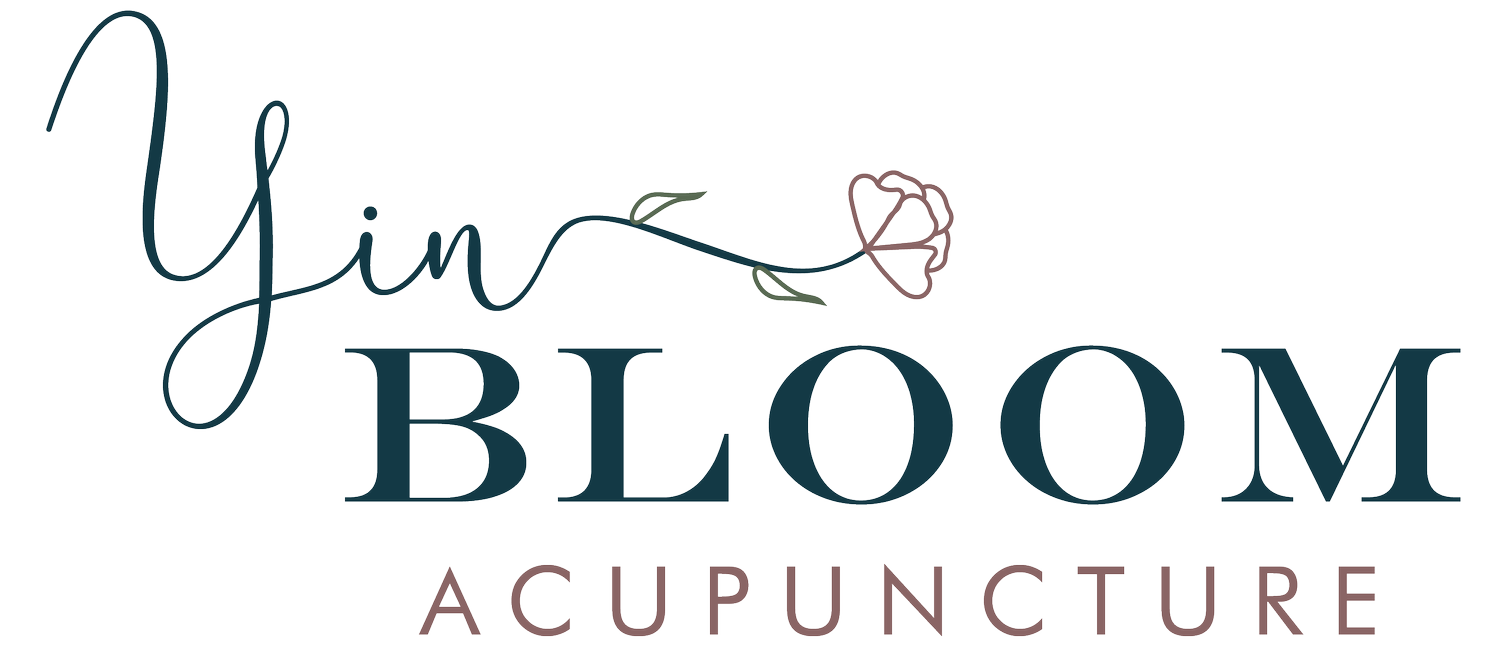What Is Your PCOS Type?
Polycystic ovarian syndrome is not a disease, but a syndrome, a set of symptoms that are driven by several factors of a complex genetic disorder.
In 2003, there was a meeting of two of the top reproductive medicine groups to refine the definition of PCOS. This group of experts produced what is known as the Rotterdam criteria. Only two of the three criteria are required for a diagnosis which opened the idea that there can be different phenotypes or “PCOS types”.
The three criteria are:
Delayed ovulation or menstrual cycles (anovulation)
Fewer than 10 menstrual cycles per year or cycles that are 35 days or longer
Hyperandrogenism
High levels of hormones such as testosterone, DHEA, or androstenedione. These hormones are responsible for causing male sexual characteristics like the growth of body hair specifically on the face and hair loss in a specific pattern.
Polycystic ovaries on an ultrasound
These so called “cysts” visible on a ultrasound are not cysts but ovarian follicles. Twelve or more follicles ranging from two to nine millimeters in a single ovary. Ovarian volume bigger than ten centimeters in a single ovary. With newer ultrasound technology, more than twenty-six follicles that are two to nine millimeters in both ovaries.
TYPE A: Classic PCOS
This type includes all criteria and is more severe. This group is estimated to account for 60% of cases
1) High androgens/androgenic signs
2) Irregular periods/delayed ovulation
3) Polycystic ovaries
This type tends to have a higher BMI, waist circumference, and are at greater risk at developing insulin resistance and heart disease. As a result of lack of regular ovulation, the endometrial lining continues to build up causing high levels of estrogen, low levels of progesterone, and can cause spotting or bleeding that appears to be a period but is breakthrough bleeding from a thickened endometrial lining.
Labs: A hormone panel done on cycle day 3 will show a high LH/FSH ratio, high testosterone levels and AMH (anti Mullerian hormone) levels.
If you do not have androgen excess but you do have polycystic ovaries, then you do not have PCOS. In fact, many women have polycystic ovaries but do not have PCOS.
TYPE B:
This type is similar to type A and is estimated to affect 8.4% of women
1) High androgens/androgenic signs
2) Irregular periods/delayed ovulation
3) Normal ovaries
Similar to Type A, women with Type B PCOS have irregular periods or delayed ovulation, acne, high androgens often shown as hirsutism and hair loss. This type also tends to gain weight around the waistline and often have a higher BMI. These two types are similar in risk for diabetes and cardiovascular disease.
Please note that there is an increased tendency with Type A and Type B towards weight gain, but lean women can also be found in these types.
Labs: Cycle day 3 labs will be similar to Type A except have a lower AMH level which illustrates the correlation between the increased number of follicles secreting more AMH. Cysts will often decrease with age and Type B is often seen in older women.
Type C:
Newer, Non classic PCOS
1) Higher androgens/androgenic signs
2) Regular periods: thirty-five days or shorter cycles. Regular ovulation is occurring
3) Polycystic ovaries
This type is considered a milder type of PCOS as we see higher androgen levels on lab tests but regular menstrual cycles. Indicating that the higher levels of testosterone are not preventing ovulation to occur. Women may experience symptoms the classic symptoms of high androgen levels such as acne, hirsutism and hair loss, but they might be less pronounced. Women who have Type C PCOS have medium level values of BMI and waist circumference.
Labs: Cycle day 3 labs often show lower androgen levels as well as LH/FSH ratios than type A and B.
*Many women with Type A and B can move to Type C through dietary changes, weight loss and potential nutraceuticals/herbal support.
A study found that women with Type C PCOS were ovulating only a certain percentage of the time although they were experiencing what appeared to be a period. These periods were what is called breakthrough bleeding.
TYPE D:
Most controversial type and mildest form
1) Normal androgens / no androgenic signs
2) Irregular periods / delayed ovulation
3) Polycystic ovaries
Women with this type were not considered to have PCOS until the development of the Rotterdam criteria. Since the inclusion of high androgen levels is the major marker of PCOS, many healthcare providers do not consider this type to have PCOS because androgen levels are often within normal range. According to Guastella, Longo and Carmina(2010), Type D androgen levels are within normal range but may be slightly higher than in women without PCOS.
These women tend to have irregular periods or delayed ovulation (longer cycles) and polycystic ovaries. Thus, including this type is important when considering that new research and knowledge of the condition is continuing to evolve.
PCOS is a diagnosis of exclusion and other conditions can mimic the symptoms of PCOS. It is important to consult a healthcare provider to determine the cause of your symptoms. Other conditions that can present with menstrual irregularity and excess androgens symptoms are:
1) Prolactin excess
2) Cushings syndrome
3) Congenital and adrenal hyperplasia
4) Hypothalamic amenorrhea
Understanding what type of PCOS you have will help you identify where to start. However, the most important thing is for you to be treated as an individual and address the major areas of your health that are contributing to your symptoms. Addressing your unique PCOS factors will enable you to move from the most severe type to a milder one or a full reversal of your symptoms. PCOS is a lifelong condition and understanding how your age, weight, environment, genetics and socio-emotional factors will empower you to feel healthier, happier, have greater hormone balance, good skin and more fertile.



